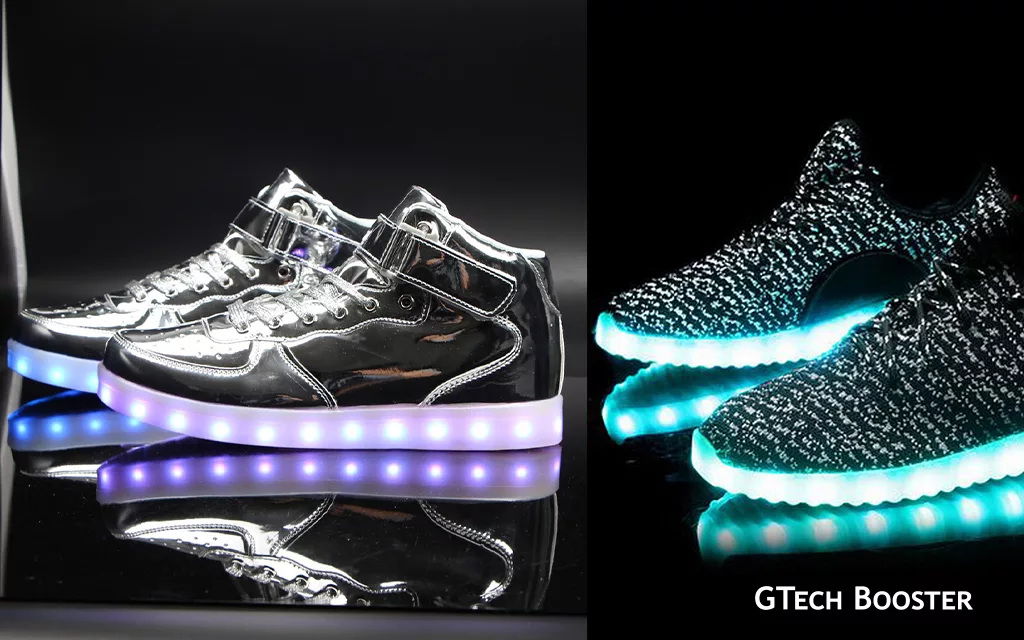How miniature technologies will drive fashion with electronics
Miniature technology has a wide range of applications in various fields, including medicine, aerospace, electronics, and consumer goods.

Miniature technology has had an impact on fashion in a variety of ways, ranging from miniature wearable robots and telescopy devices to embedded solar panels and miniature drones. Miniature technology has enabled designers to create new styles and materials that were not previously possible.
For example, miniature robots have been developed that can cling to clothing using tiny magnets, adding a unique and futuristic look to fashion. Miniature technology has made it possible to embed solar panels into clothing, offering a novel way for wearable technology to generate its own power. Miniature dress forms have also been developed, which can be used by fashion designers to create miniature versions of their designs for display or analysis.
type of electronic device that can be worn on the body or embedded in clothing.
wearable technology
Miniature technology often involves the use of microprocessors, sensors, and other advanced technologies to achieve high levels of functionality within a small package. In general, miniature technology aims to increase efficiency and portability by reducing the size and weight of devices and systems.
Conductive threads
Conductive threads are threads that are able to carry electric current, making them useful for electronic textiles, also known as e-textiles. These threads are made by weaving a conductive material, such as stainless steel or silver-coated nylon, into the thread. Conductive threads can be used to create circuits and connect components in e-textiles, which can be woven into fabrics, garments, and other textile products, allowing them to communicate, sense, and respond to their environment.
There are different types of conductive thread available for use, and their properties depend on factors such as the type of material, the thickness of the thread, and the conductivity of the conductive material used. Conductive threads are commonly used in fashion, sports, healthcare, and military applications, as well as in educational settings to teach children about electronics and programming.

Jacquard by ATAP
Sensing Technology
Sensing technology refers to the use of sensors to detect physical, chemical, or biological properties in the environment, process them, and provide output signals that provide information on the state or conditions of a system.
Sensing technology is used in a wide range of applications, from monitoring and controlling industrial processes to healthcare, environmental monitoring, and energy conservation. Some common examples of sensing technologies include temperature sensors, pressure sensors, humidity sensors, and motion sensors.
With advances in technology, sensing has become more sophisticated and powerful, with the ability to provide more accurate and reliable measurements in real-time, leading to safer and more efficient systems.
Soli by ATAP
Soli is a new sensing technology that uses miniature radar to detect touchless gesture interactions, developed by Google’s Advanced Technology and Projects Group (ATAP). The sensing technology introduces a new interaction sensor using radar to understand human motions at various scales: from the tap of your finger to the movements of your body.
Soli uses miniature radar technology to enable touch-free interactions with fine control over small hand gestures, providing a new way to interact with technology without physical contact. The tech can detect subtle movements of the hands and fingers with high accuracy and speed, making it ideal for integrating with devices such as smartwatches, smartphones, and other IoT devices. At production, it can be used for a variety of applications, including gaming, music, and voice recognition.

The sensor can track sub-millimeter motions at high speed and accuracy. It fits onto a chip, can be produced at scale and built into small devices and everyday objects.
Soli aims to understand the nuances of human movements so to use natural body language and gestures as a form of input. With an interaction framework that groups human movements according to levels of proximity and engagement between the user and Soli (aware, engaged and active).
Self-illuminating shoes
Self-illuminating shoes are a type of footwear that feature built-in lighting that allows them to be visible in low light or dark conditions. Some self-illuminating shoes use LEDs or other types of lighting to create a glow effect, while others use materials that absorb and release light to create a self-illuminating effect without the need for batteries or electricity.
These types of shoes can be particularly useful for running or other activities that take place in low-light conditions. There are different types of self-illuminating shoes available in the market today, ranging from high-end athletic shoes with built-in lighting to more affordable options that can be added to existing shoes.
Some companies that specialize in self-illuminating shoes include L.A.-based Radii Footwear and UK-based company ShiftWear. Additionally, there are DIY options for making your own self-illuminating shoes using LEDs or other lighting technology, though this can require some technical skill and knowledge.

Smart glasses
Smartwatches
LED lights, sensors, flexible displays, haptic feedback systems, and conductive materials. It’s worth noting that the list is not exhaustive and that there are many other electronics technologies out there that may have application in the world of fashion.
Fitness trackers
Smart clothing
Virtual reality headsets
Smart jewelry
LED clothing
Self-heating jackets
Smart contact lenses
Smart bags
Solar-powered clothing
Smart helmets
Wearable cameras
Smart textiles
These technologies can be used to create clothing that can monitor body functions, regulate body temperature, or display information, among other things. They can also incorporate sensors, lights, or other elements that can be controlled or programmed.



